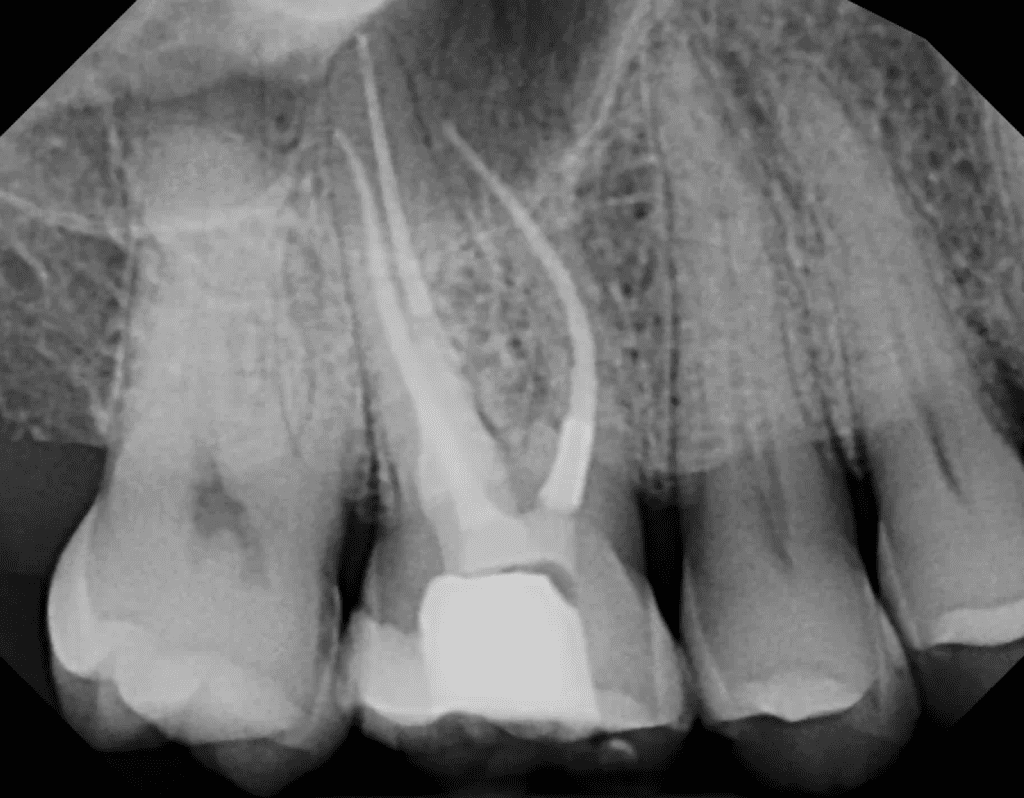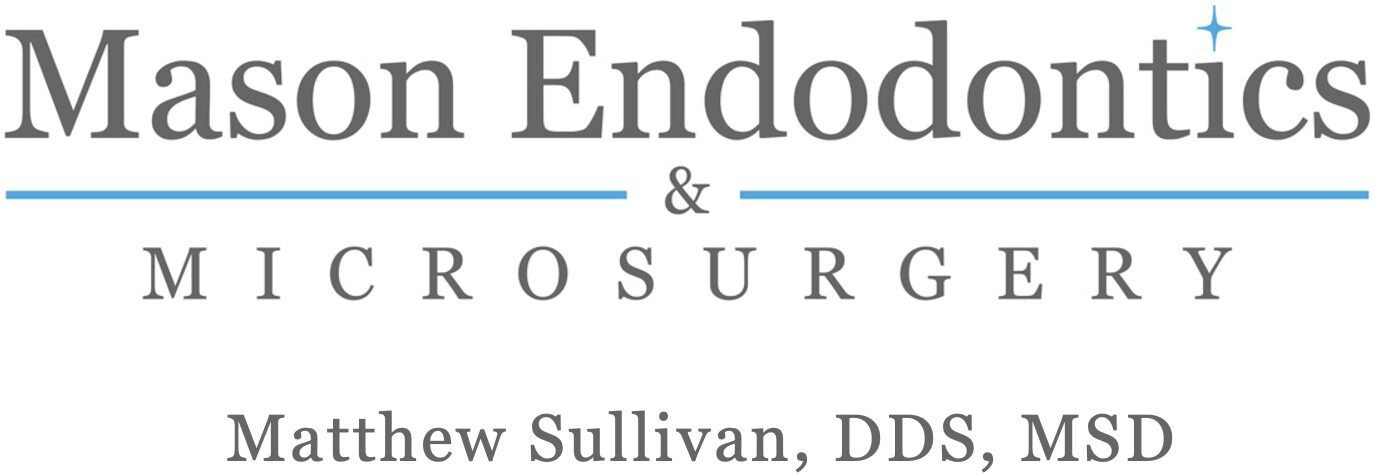Root Canal Therapy : Relieve pain and save your tooth
What is root resorption?
Tooth resorption is a process in which tooth structure starts to be removed by the body. The exact etiology for resorption is unknown but is most commonly associated with trauma, orthodontic movement, bleaching, and infection. In some instances, root resorption can be minor and not cause any issues but in other situations the resorption can be very destructive and result in the loss of the tooth. Dr. Sullivan will do a thorough evaluation of your tooth resorption area of concern, discuss options with you, and provide endodontic treatment and microsurgical repair of the resorption if indicated.






Internal Root Resorption
Resorption initiated on the inside of the tooth by an inflamed pulp. Severe cases of internal resorption can peforate the surface of the tooth leading to a guarded prognosis. Root canal therapy can often stop internal root resorption by removing the pulp.
Apical Root Resorption
Commonly seen resorption at the tip of the root when there has been a long-standing infection. The resorption often will stop after endodontic treatment with bone healing naturally occurring against the root. Some times endodontic microsurgery is needed to remove the resorptive area and associated bacteria to allow healing.
Invasive Cervical Resorption
Resorption that occurs where the root of the tooth and crown of the tooth meet. This type of resorption can be very destructive. Often times, patients with invasive cervical resorption are completely asymptomatic. It is commonly identified on radiographs at your dentist office or by a “pink” discoloration of the crown of the tooth along the gum line.
Resorption Evaluation and Treatment Options
Treatment vs monitoring of resorption is very case dependent. The resorptive area is analyzed using CBCT (3D) imaging to determine the extent of resorption. We ideally like to have a series of radiographs over several years to try to determine the speed and progression of the resorptive process. Some cases are best to monitor, some require endodontic treatment, some require a small microsurgery to repair the resorptive area under the gum line, and more severe cases result in extraction. Even with ideal treatment, the resorptive process can return over time and result in loss of the tooth.



